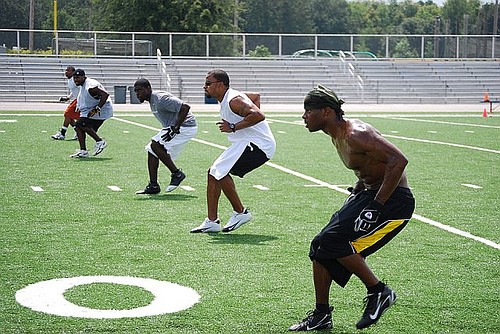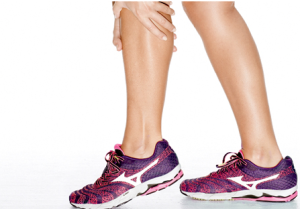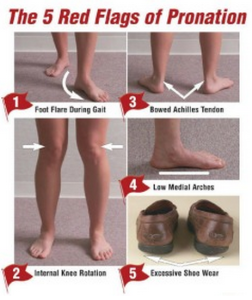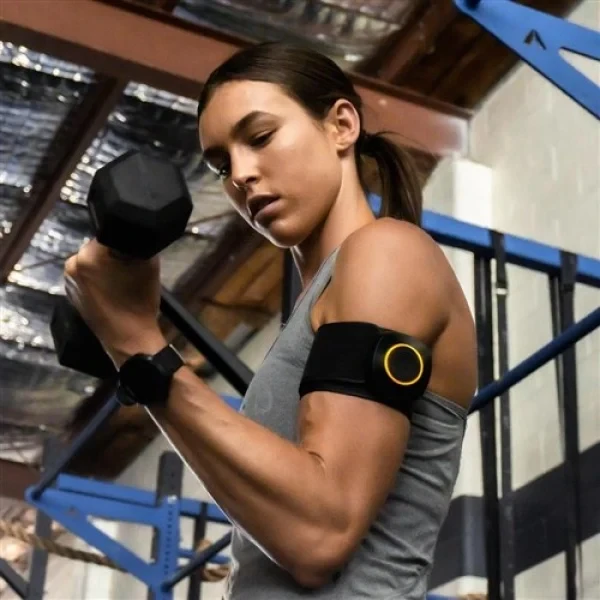
Shin Splints
Some runners with shin splints complain of diffuse pain along the medial border of the tibia, which usually decreases with a warm up. The
sportsperson can often complete the session but pain gradually recurs after exercise and is worse the following morning. The incidence of
shin splints has been reported to be between 4% and 35% in sports people and military personnel.

Risk factors for Shin Splints:
The key potential factors that could contribute to increased stress and traction on the posterior medial aspect of the tibia / shin include;
• Excessive pronation (flat feet)
• Poor footwear
• Overtraining on hard surfaces
• Decreased flexibility of the lower limbs
• To much to soon with training
• Females are 3 times more likely to develop shin splints
• Higher body mass index
• Wide calf girth
The Biomechanical Process of Shin Splints:
A calf muscle known as the soleus which is the strongest plantar and inverter muscle in the foot resists pronation. If there is excessive pronation in the ankle then this leads to chronic loading of the posterior medial border of the tibia / shin leading to a stress syndrome.

Treatment:
Most patients or sports people present to Edgewater Physio with a long history of shin pain, having tried a number of stretches, rubs, medicines, hot and cold treatments. At Edgewater Physio our treatment approach is to look at the risk factors initially and treat the underlying pathology. Symptomatic treatment begins with usually offloading – taping, ice, rest, analgesia (usually anti-inflammatory) as it’s an inflammatory problem, stretching and some light massage. Modification of training activities is paramount to keep the patient or athlete active (swimming, water jogging/walking, rowing, stationary bike etc). I usually recommend an anti pronation orthotic with a soft top covering to provide support for the ankle. As the symptoms settle a gradual return to running can be performed with a big emphasis on running gait with specific corrective exercises to look at the foot strike posture.
Other Preventative Measures:
1. Compression Socks
2. Massage Sticks


.jpg)